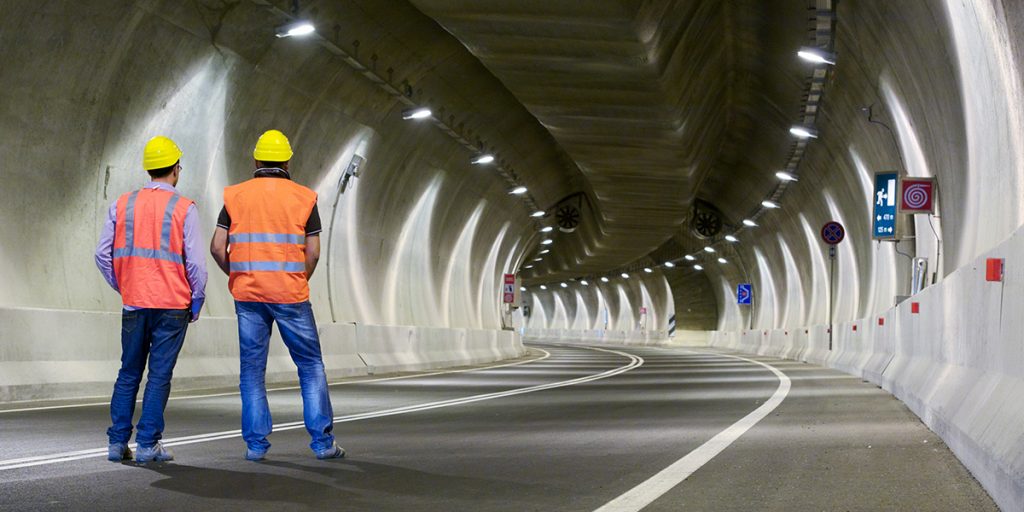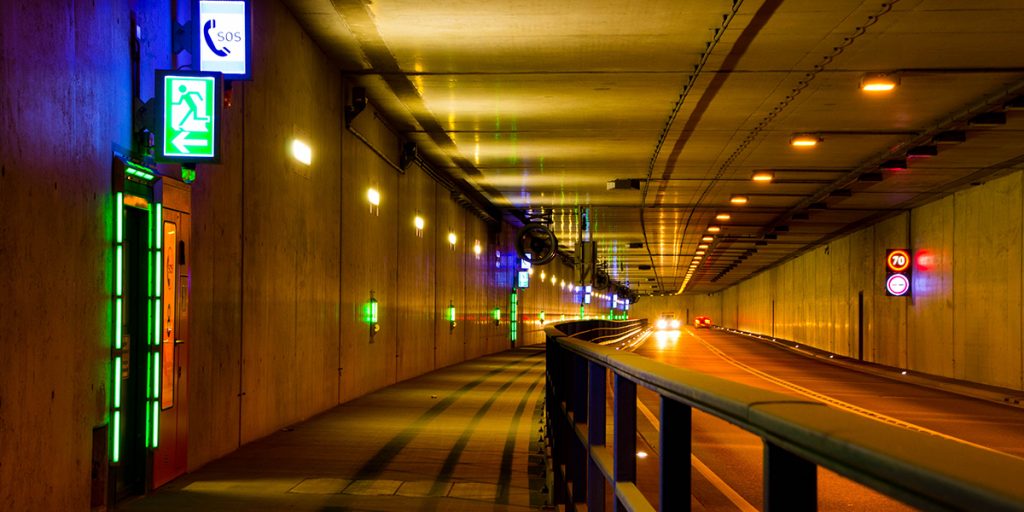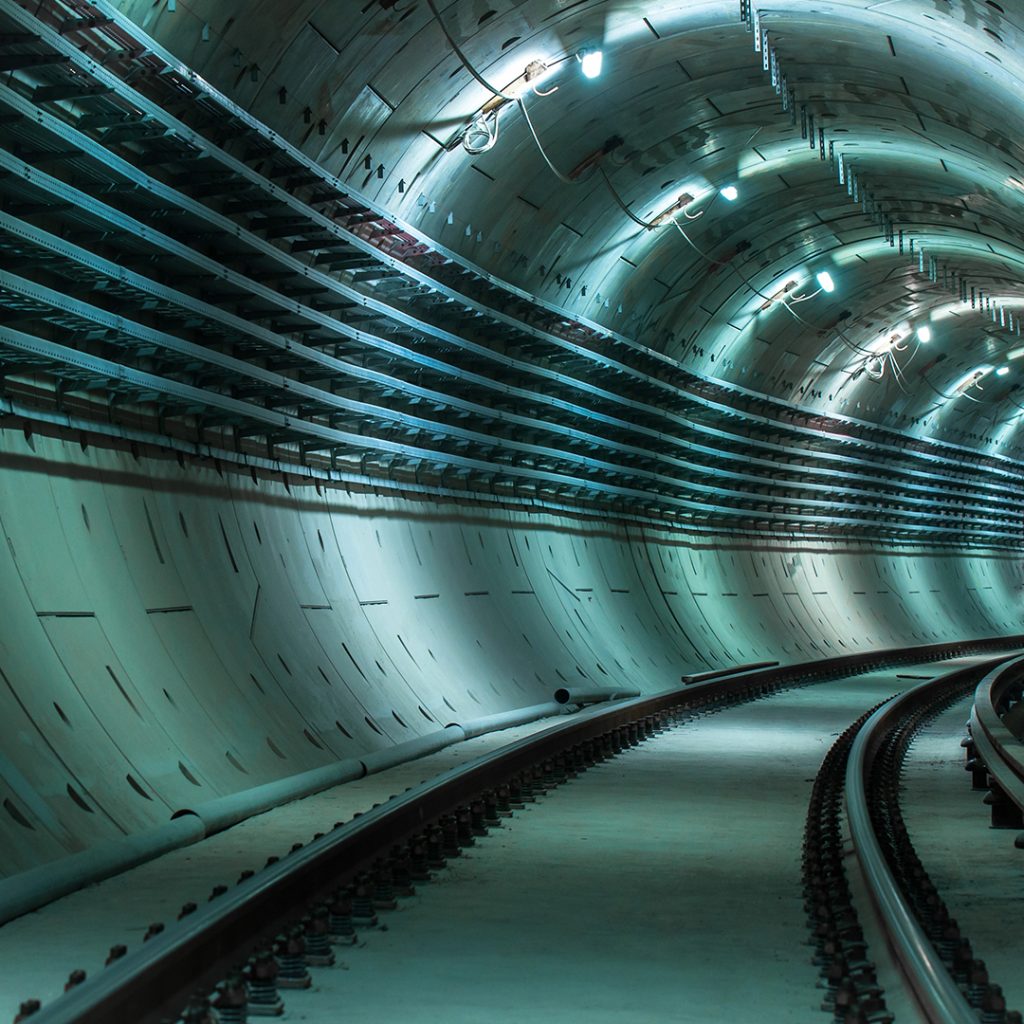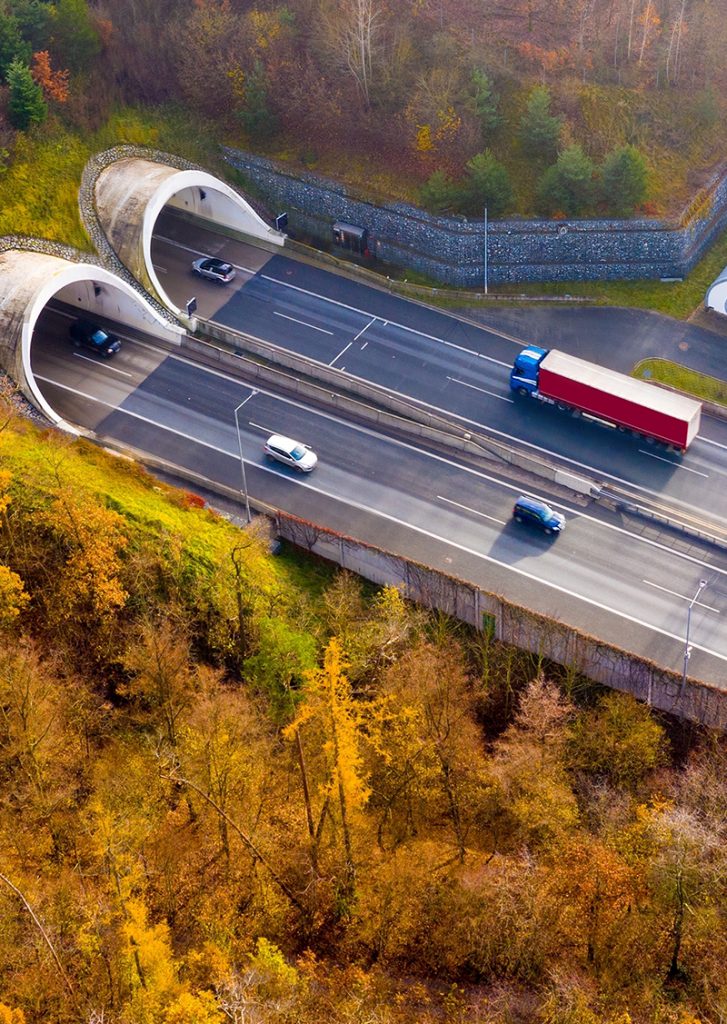Different specialized teams plan and design the necessary elements to avoid any incident within these spaces.

According to the most canonical definition, tunnels are “a type of underground infrastructure that seeks to connect two external points by crossing flat surfaces, mountainous features and even seas.” In this linguistic synthesis of how to cover a route in the shortest way possible, there are, however, quite a few variables. Elements of the equation that complicate the concept and that represent a challenge when undertaking a work of such caliber. They also serve to guarantee the safety of users. Despite the urban legends about catastrophes in these spaces, they are planned and designed with great care.
A tunnel requires planning and the work of many professionals. In addition to the timely layout and essential tests in any project of this type, it has its own unique characteristics. Santiago Veyrat, an expert in tunnel geology and geotechnics and member of the Illustrious Official College of Geologists, explains how, “when defining the need” for this type of enterprise, “a technical and economic analysis is carried out.”
“Tunnels are considered an option to avoid geographical features, mainly mountainous areas, although they can also be built to go around towns and/or enclaves of cultural/historical interest,” he tells us. “Likewise, in large urban centers there is a tendency to design transportation routes or services such as water and electricity in the form of tunnels to provide more spaces for the use and enjoyment of citizens,” he adds, listing the usual procedure: “In the case of land communication routes, whether for roads or railways, the studies are divided into several phases: an informative study, a basic layout project and a construction one.”

As he explains, in the informative study phase, an analysis is carried out of the spaces where the railway or highway is to be built. These studies, says Veyrat, include “obtaining a general topography, as well as a compilation of documentation on the terrain and socioeconomic aspects of the area.” In this way, “different route alternatives are defined, which include possible tunnels and other types of structures necessary for each option.”
“In the next phase, the basic or layout project, the layout alternative is selected according to technical and economic criteria. In this phase, the geometry of the tunnels and the construction method, as well as all the geological and hydrogeological conditions that are expected to be found during the excavation of the tunnel must be defined,” says the specialist.
In the construction project phase, Veyrat specifies, “all the necessary elements are defined and budgeted to carry out the construction of the work and for its tender,” he points out. “And in all of them, topographic, geological, geotechnical and hydrogeological and excavated materials management (reuse or permanent location) studies are carried out.”
From this analysis, there are other important factors when distinguishing between tunnels. One is the use that is going to be given to them and, therefore, what is going to be needed. Starting from this premise, the dimensions are assessed. “They depend on the use. In the case of road tunnels, it will depend on the volume of traffic, and, based on this information, the geometric section of the tunnel is defined according to a series of regulations that stipulate the width of the lanes, shoulders, lighting and signage, as well as the necessary safety measures (sidings, fire control, etc.),” notes Veyrat.


“In the case of railway tunnels, the dimensions are defined by the planned speed of the trains, as well as whether it will be a single-track or double-track tunnel. Likewise, shoulders, signaling and safety systems are regulated by specific regulations,” he points out. In both cases, there are a number of risks that are addressed with caution. “During the construction phase, the biggest risk is the possible collapse of the tunnel; however, during its useful life the greatest risk is fire. To this end, there is a European regulation that establishes all fire control measures, as well as the action protocols of emergency services to mitigate the impact of a possible fire in a tunnel.”
To handle this, there are a few key elements in this type of infrastructure. Depending on its length and dimensions, regulations establish the distance between emergency exits, as well as emergency information and warning points (telephones, signage, water hydrants, parking spaces for cars, etc.). “In case of long tunnels, the emergency exits consist of a tunnel parallel to the main one that allows access for small emergency vehicles and the evacuation of pedestrians,” says the expert.

Another consideration is the transport of dangerous goods. “It is regulated by each country, since, in the event of an accident, the consequences may be greater than in the case of non-dangerous goods. In Spain, for example, Royal Decree 635/2006 prohibits the transit of dangerous goods through tunnels, except in those included in the recommended itineraries for the transport of dangerous goods or when a risk analysis shows that there is no alternative available to avoid the tunnel.”
And finally, the most feared event: an accident. In this unlikely situation, experts react from various angles. “The tunnels have monitoring systems that report any incident inside. These systems are controlled from a control room that allows decisions to be made in real time. In each one, action protocols are defined and tested in different scenarios to ensure the correct evacuation of users if necessary. These action protocols include coordination between the tunnel management services and public authorities (firefighters, police, medical services, etc.),” says Veyrat. Many of these simulations can be seen in social media posts.
These illustrate what happens when there is an incident and how to act. As a general rule, people should proceed in an orderly manner in order to get out unharmed. The aim is for a tunnel to be that: a simple definition in a dictionary without added problems, even though fiction wants to imagine other possibilities.